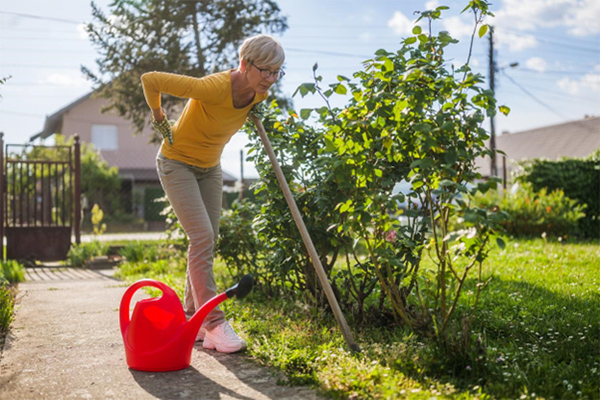
Long summer days invite more time outdoors, but for some, they also bring a surprising increase in back pain. If your spine feels stiffer or more sensitive during the hotter months, the weather might be partly to blame. Here’s how heat-related factors like dehydration, inflammation, and activity levels can all influence spinal health.
Dehydration and Disc Compression
Hydration is crucial for spinal function. The discs between your vertebrae act as shock absorbers, and they’re made mostly of water. When you become dehydrated, which is more common in summer due to excessive sweating, your discs can shrink and lose elasticity. This reduced cushioning can increase pressure on nerves and lead to stiffness or discomfort in the lower back and neck.
To support your spine during the summer, aim to drink plenty of water throughout the day, especially before and after outdoor activity. Be cautious with caffeinated or alcoholic beverages, which can worsen dehydration.
Heat-Induced Inflammation
While warmth can sometimes ease muscle tightness, excessive heat may actually contribute to inflammation, especially in individuals with chronic spine conditions like arthritis or disc degeneration. Elevated temperatures can dilate blood vessels, increase circulation, and exacerbate inflammatory responses in already sensitive joints and tissues.
Signs of heat-related inflammation may include swelling, tenderness, and worsened stiffness after time spent in high temperatures. Managing inflammation involves staying cool, avoiding prolonged sun exposure, and maintaining an anti-inflammatory diet rich in fruits, vegetables, and omega-3 fatty acids.
Increased Summer Activity and Overuse
Summer weather often leads to more physical activity, gardening, swimming, hiking, or long walks on vacation. While movement is generally good for your spine, sudden increases in activity levels can strain underused muscles and ligaments. Without proper conditioning or support, your spine may be more vulnerable to sprains, disc injuries, or postural imbalances.
To protect your back, gradually build up your activity level, stretch before and after exercise, and wear proper footwear. Be mindful of posture during summer chores and consider using supportive tools like lumbar cushions or braces if needed.
Back pain that worsens in the summer is not just in your head—weather, hydration, and lifestyle all play a role. If your symptoms persist despite at-home care, tailored evaluation and evidence-based treatment can help restore comfort and function. Schedule a consultation with Dr. Moazzaz to explore your options for long-term relief and spinal wellness.
AUTHOR: Payam Moazzaz, MD is a board-certified orthopedic spine surgeon in California, specializing in robotic-assisted minimally invasive spine surgery.


